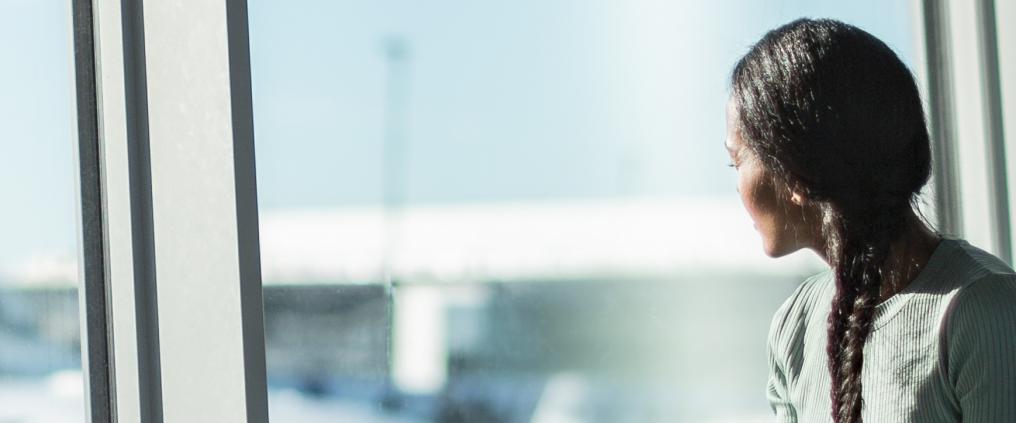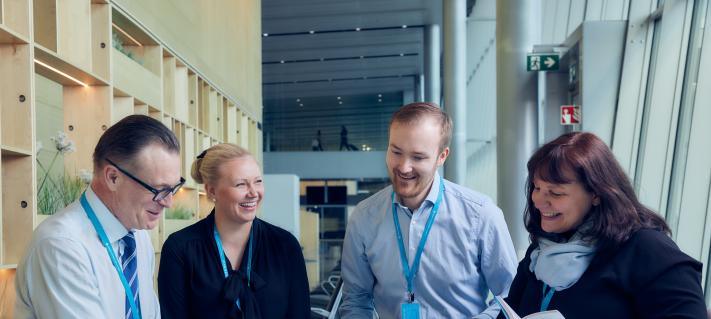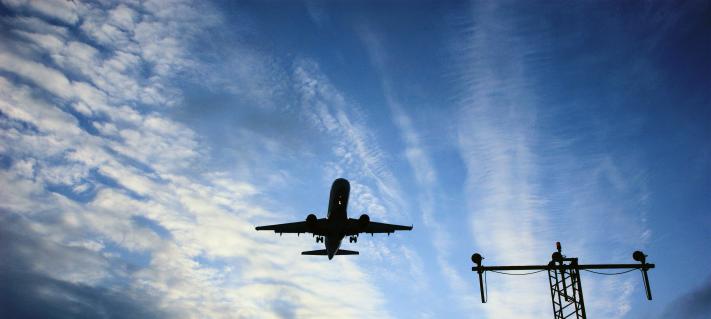Finavia wants to guarantee its customers a safe and efficient airport network with minimal environmental impacts.
“We are used to being proactive on all environmental issues. The airport must be able to serve the whole region and the country in an environmentally sustainable way,” says Mikko Viinikainen, Finavia’s Vice President, Sustainability & Environment.
Aircraft noise has been reduced successfully
Before the 21st century, Finavia’s environmental work focused on the local impact of air traffic, which particularly affected people living near airports.
“We have been working to reduce aircraft noise for more than 20 years. For example, the routes of aircraft are designed in a way that minimises the impact of aircraft noise on the population.”
The work has borne fruit: in 1990, a total of 97,000 people still lived in the Helsinki Airport aircraft noise area, but by 2020, this figure had fallen to only about 2,400.
Large investments in water protection
Over the years, Finavia has also invested heavily in water protection at its airports. For example, Helsinki Airport has invested more than EUR 40 million in remote aircraft de-icing areas to prevent de-icing substances from entering the environment.
“In winter, aircraft are treated with anti-icing and de-icing agents in a dedicated area so that the substances used in the treatment, such as propylene glycol, can be collected and processed properly.”
Bodies of water are also protected by the bio-filtering area and pools built by Finavia at Helsinki Airport and the underground wetland that is about to be completed soon.
“We seek to prevent rapid changes in the quantity of runoff water that can occur in large asphalted areas. Delaying the flow of water prevents flooding. In the future, water protection activities will also be extended to our other airports around Finland.”
Journey towards net zero emissions
In 2008, Finavia drew up its climate and energy programme, which also involved calculating the carbon footprint of its airports. The CO2 emissions of Finavia airports are mainly generated by the lighting, heating and cooling of terminals and the energy consumption of vehicles.
Helsinki Airport achieved carbon neutrality in 2017, and the last Finavia airports to achieve carbon neutrality did so in spring 2019. This means that Finavia has minimised its own CO2 emissions by reducing its energy consumption and increasing the use of renewable energy. Since then, Finavia has been offsetting the remaining emissions that its own operations continue to generate.
“We cover part of the cost of reducing emissions in certified projects carried out by others. Recently, we have been involved in solar energy projects to improve energy efficiency in African countries.”
Finavia’s next target is net zero emissions. This would bring the airports’ own carbon emissions down to zero without offsetting. According to Finavia’s plan, the target could be reached in the next few years.
“We are seeking to achieve net zero emissions by switching all the energy we use to renewable energy.”
Ready for a transformation of aviation technology
In addition to developing its current environmental work, Finavia will be increasingly involved in the upcoming transformation of aviation technology. Electric and hydrogen-powered aircraft and renewable aviation fuels will become more common in the future. This will also require changes at airports.
“The transformation of aviation technology will reduce CO2 emissions from aviation. We are closely monitoring this development so that we will be ready to offer charging points and refuelling stations,” Viinikainen says.



